Exploring the Future Development Strategy of Fastener Expo Shanghai
As the largest fastener industry exhibition in Asia, Fastener Expo Shanghai (FES) already enjoys significant advantages in terms of scale and industrial chain coverage. However, compared with Germany’s Fastener Fair Stuttgart, its level of internationalization still lags behind. The following strategies are proposed to enhance FES’s global impact:
1. Deepening Engagement of Top Global Manufacturers
Current Situation:
At present, the participation rate of international leading companies—especially those based overseas—at FES remains far lower than that at the Fastener Fair Stuttgart.
Recommendations:
- Establish a “Global Debut” Incentive Mechanism: Create themed sub-venues to invite global companies to showcase lab-level innovations, such as aerospace fasteners that meet NASA standards.
- Increase Influence of International Technical Committees: Invite experts from organizations like SAE (Society of Automotive Engineers) and DIN (German Institute for Standardization) to co-lead discussions on technical standards, thereby enhancing the expo’s authority in technological discourse.
2. Expanding Buyer Resources from Emerging Markets
Current Situation:
The buyer structure still mainly focuses on traditional markets such as Europe, North America, and East Asia. In contrast, coverage of buyers from Belt and Road countries (e.g., Indonesia, Saudi Arabia) remains below 15%. Compared with the Stuttgart fair, the participation rate of African and South American buyers at FES is 30% lower.
Recommendations:
- Targeted Development of Emerging Markets: Collaborate with local associations (e.g., the Gulf Fasteners Council) to establish "National Theme Days" with dedicated services such as tariff policy explanations and logistics matchmaking.
- Language and Cultural Adaptation: Introduce real-time translation in Arabic and Portuguese, and train volunteers to understand Islamic business customs (e.g., adjusting meeting times during Ramadan).
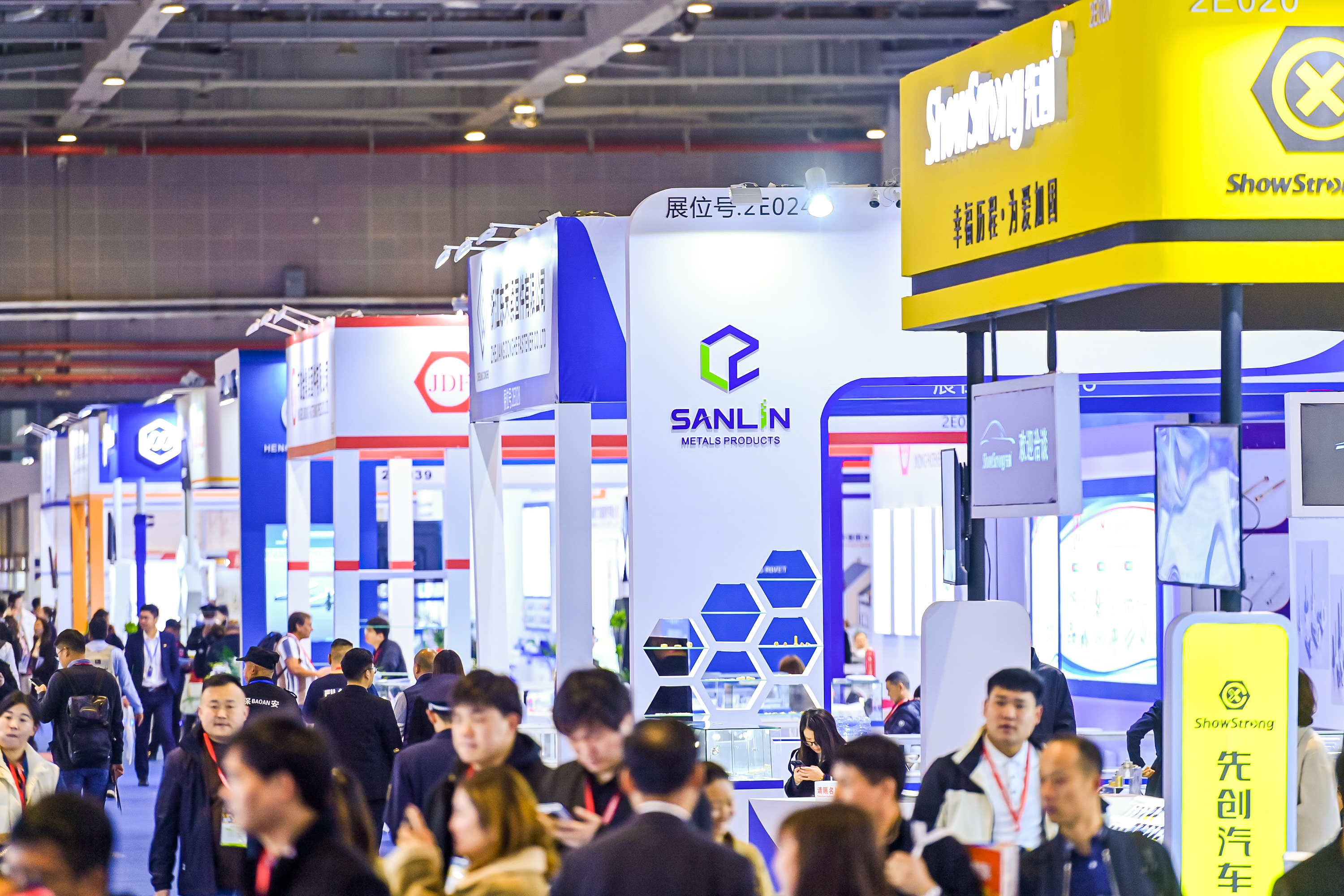
- 3. Strengthening IP Protection and International Certifications
Current Situation:
International exhibitors remain concerned about the risk of imitation at Chinese trade shows. For instance, in 2022, a patented self-locking nut displayed by an Italian company was reverse-engineered and sold at low prices on Chinese e-commerce platforms within six months, prompting the company to withdraw from the 2023 show.
Recommendations:
- Establish a “Whitelist” Mechanism: Collaborate with organizations like WIPO (World Intellectual Property Organization) to set up a fast-track arbitration channel for IP disputes. Enforce a lifetime ban on infringing exhibitors.
- Promote International Certification Services: Invite certification bodies like TÜV Rheinland and SGS to provide on-site CE, ISO, and other certification services, reducing overseas buyers’ concerns about Chinese product compliance.
4. Upgrading the Global Interactivity of the Digital Platform
Current Situation:
The expo’s online platform (e.g., “luosi.com Cloud Pavilion”) has less than 20% international user participation and lacks multilingual product pages. Over 80% of cross-border matchmaking still relies on manual email communication.
Recommendations:
- Build a Multilingual Smart System: Develop AI-powered real-time translation in English, Spanish, and Arabic, with auto-matching of product specs based on standards like ASTM and JIS.
- Integrate Global Payment Networks: Support cross-border transactions via PayPal, SWIFT, and other platforms, enabling USD and EUR settlements to accelerate deal closing.
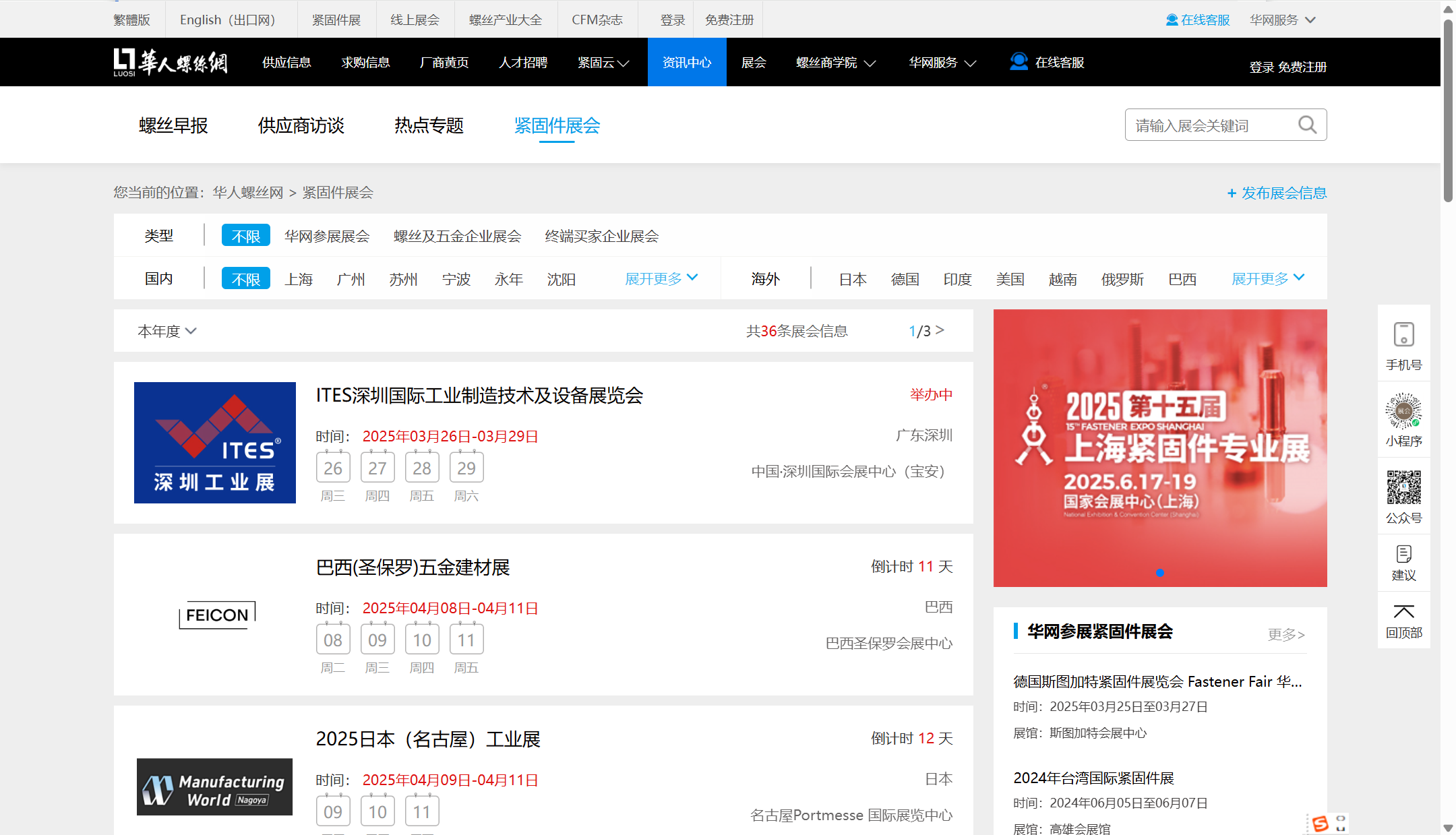
- 5. Benchmarking Against Global Leading Expo Service Systems
Current Situation:
There is a lack of year-round support services for international buyers. For example, the Stuttgart fair offers 24/7 online engineering consultation, while FES services are often limited to email follow-ups.
Recommendations:
- Establish a “365-Day Global Trade Center”: Launch an open database of exhibitor production capabilities, including real-time capacity, certifications, and more. Support remote factory audits and immersive VR tours.
- Set Up Overseas Service Hubs: Open regional branches in cities like Frankfurt and Houston to provide localized after-sales services and warehouse connections.
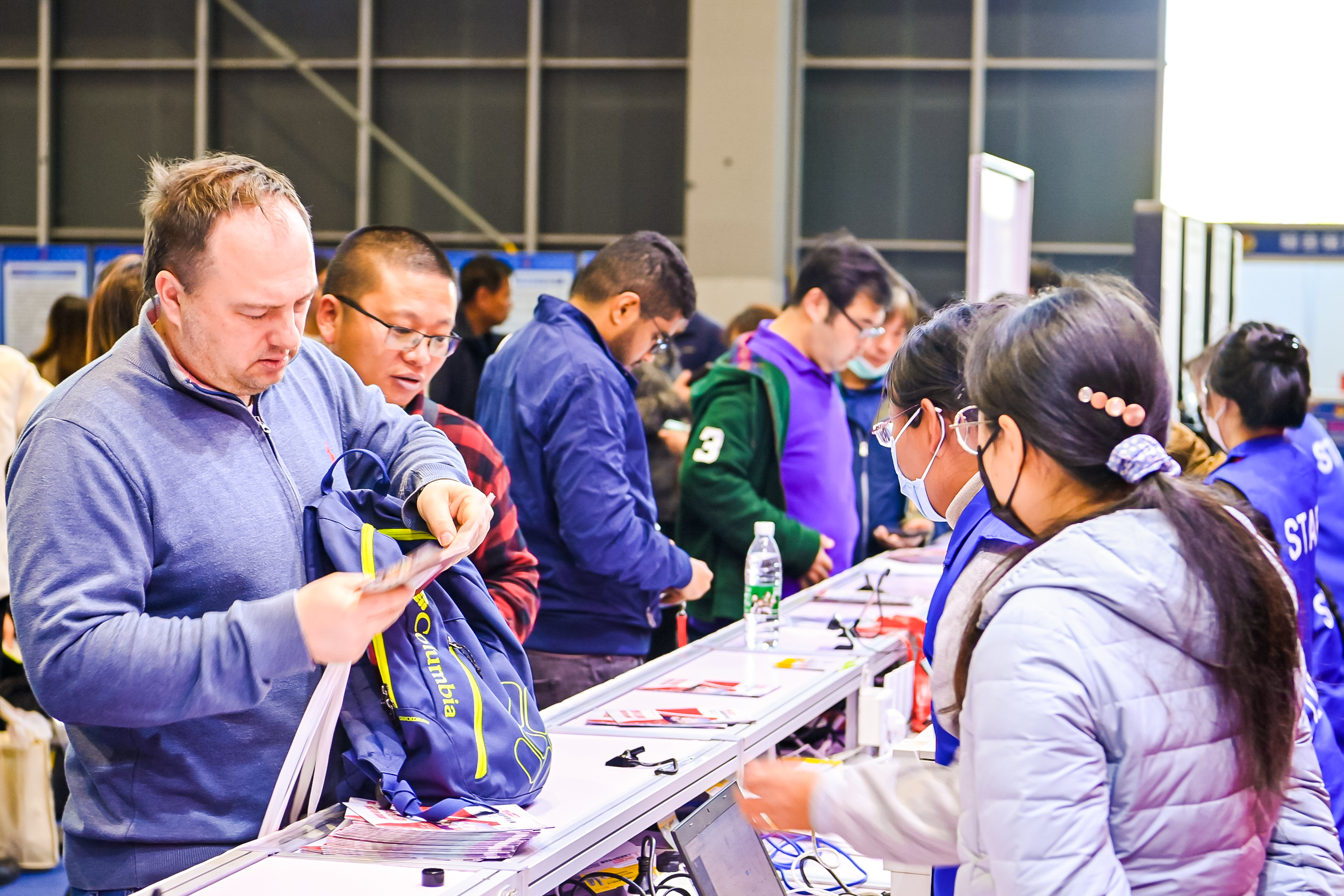
- Projected Outcomes by 2030 (if the above measures are implemented systemically):
- International exhibitor participation rises from 25% to 40%
- Emerging market buyer coverage increases by 50%
- High-tech exhibits reach 30% of total (currently about 12%)
- Over 200 new international technical cooperation projects are initiated annually
Ultimate Goal:
To transform FES from a “Window of China’s Supply Chain” into a “Global Hub for Dual Circulation in Technology and Trade”, establishing a complementary dynamic with the German expo—East for applied innovation, West for foundational R&D.

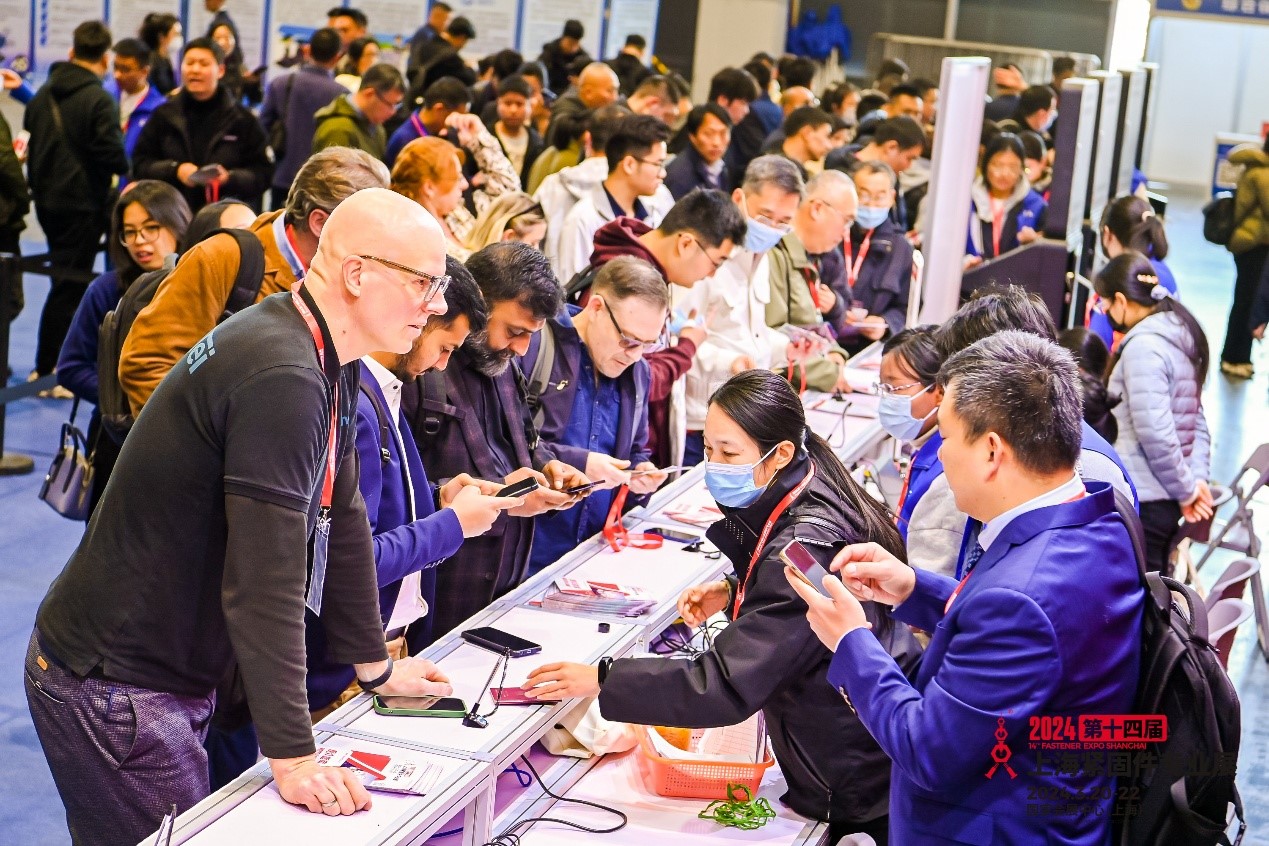
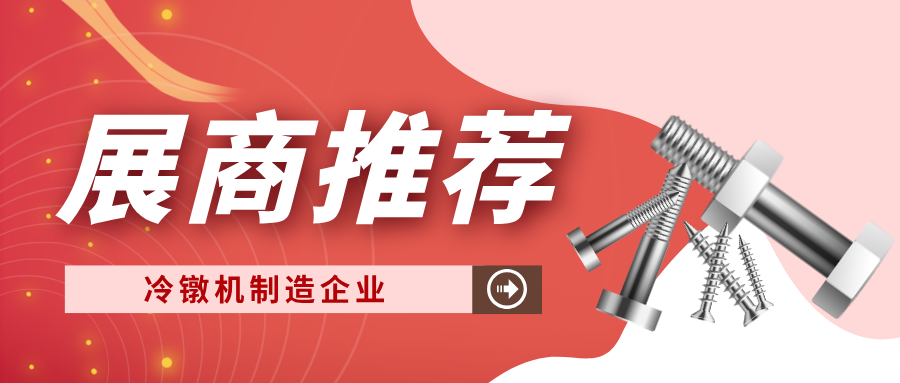
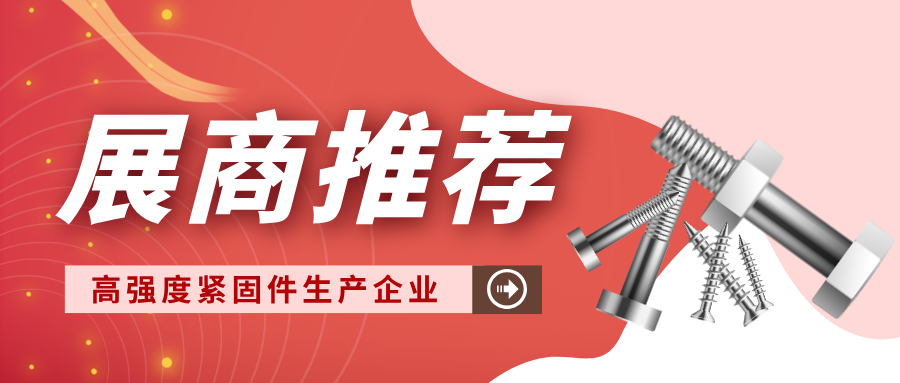
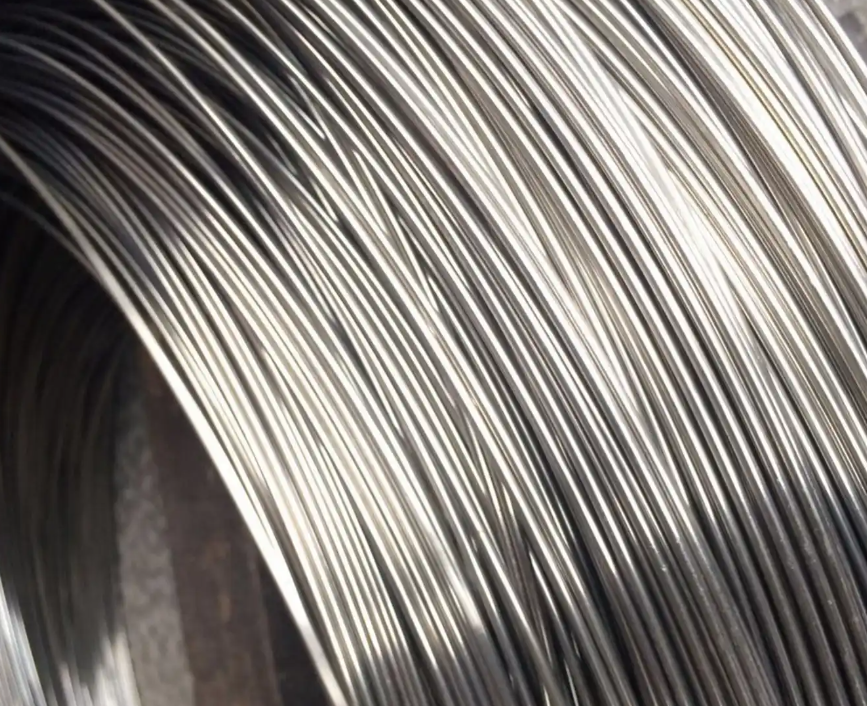
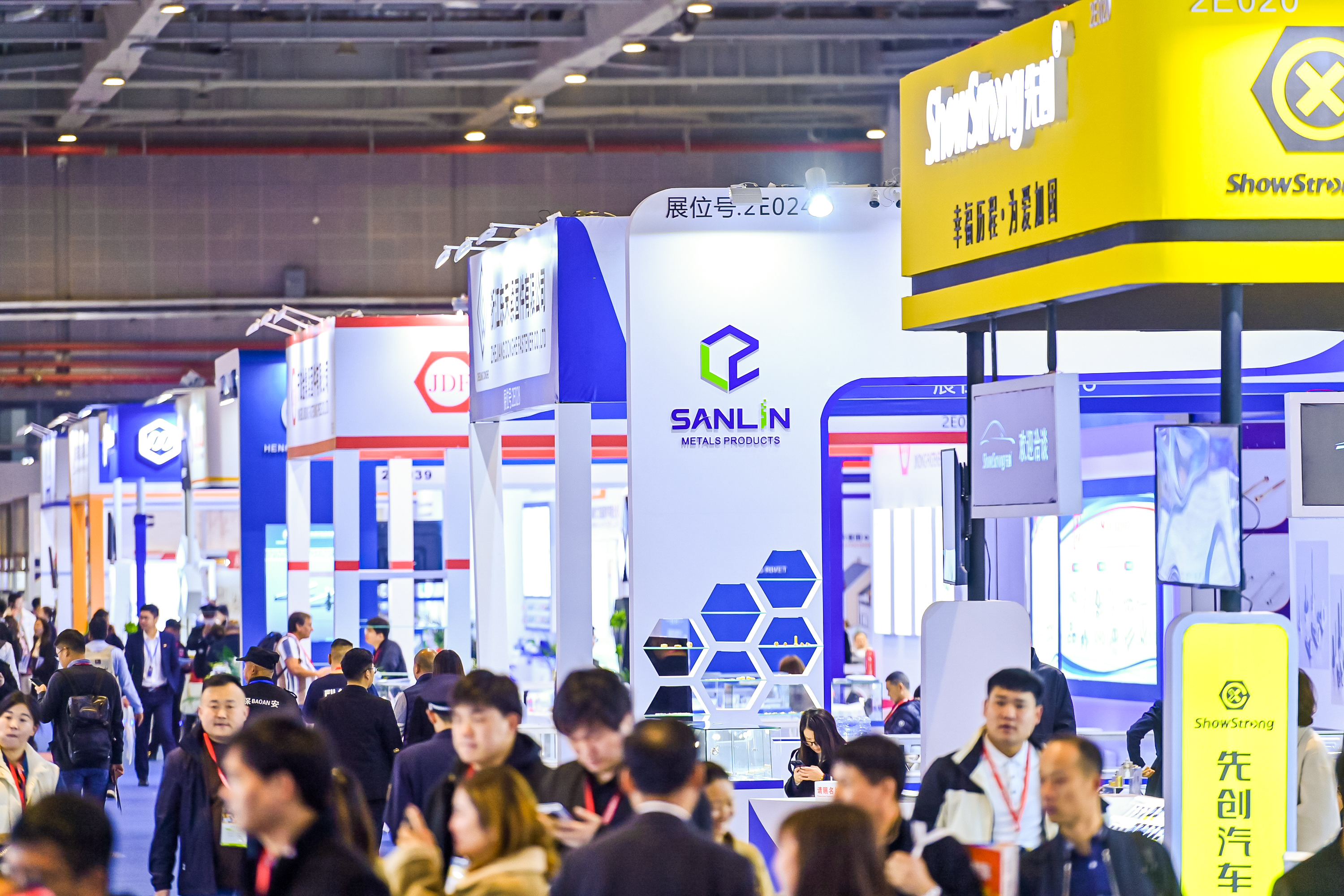




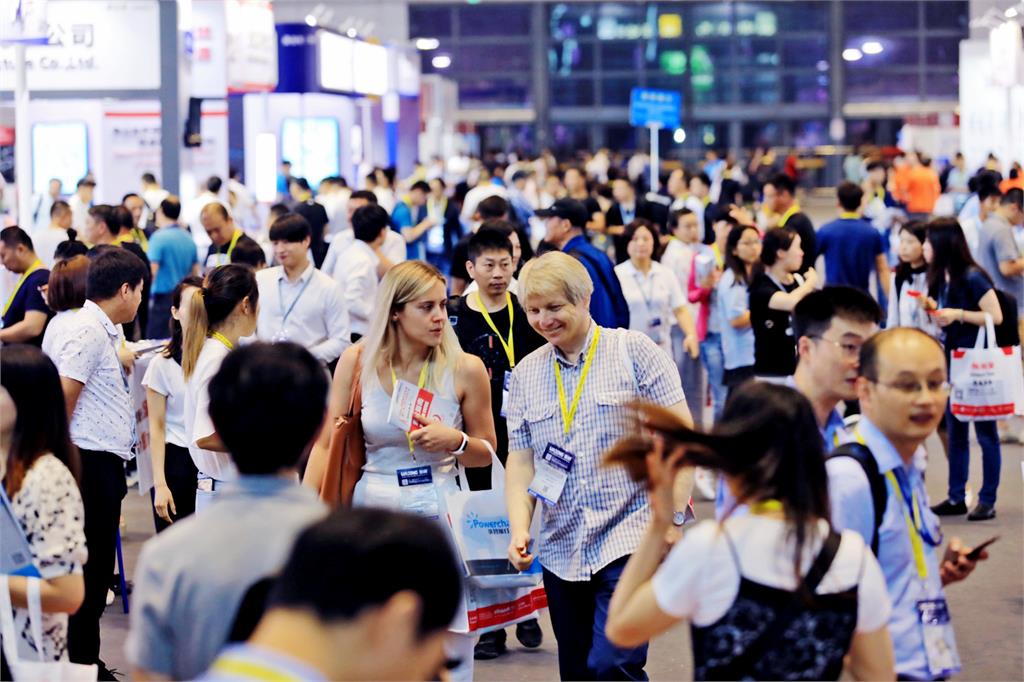


Please first Loginlater ~